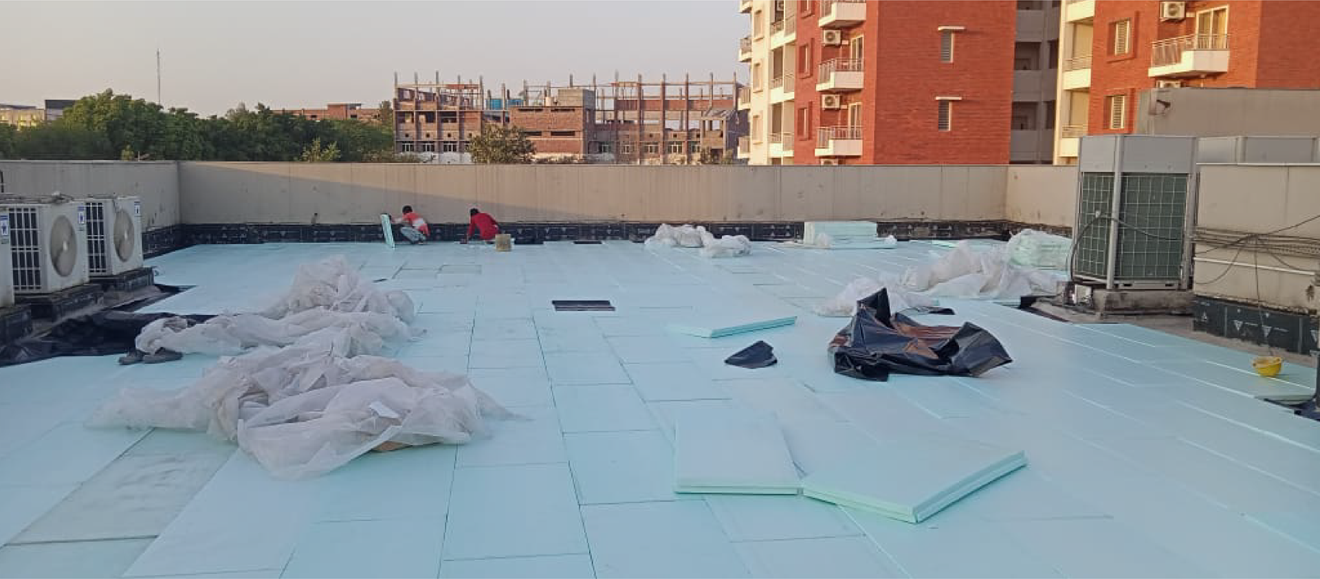How XPS foam sheet can transform your home decor
XPS Foam Sheet
Before we look at the way that XPS foam can add to the decor of your home, let us first understand what exactly XPS or extruded polystyrene is. Polystyrene is used to create the hard thermoplastic material known as XPS foam sheet. A synthetic hydrocarbon polymer called polystyrene is produced from the petroleum products benzene and ethylene and is known as XPS or extruded polystyrene
XPS foam board is frequently used for below-grade applications like foundations and basements as well as above-grade applications like walls, ceilings, attics, and roofs. It can lessen thermal bridging and increase energy efficiency when used above-grade.
XPS is a denser and stiffer variety of polystyrene that has certain qualities that make it appropriate for particular ornamental applications. XPS is frequently used in ornaments in the following ways:
XPS Flooring
XPS foam sheet is frequently used as a flooring insulation material. It is perfect for underfloor heating systems, laminate flooring, and tile installations because it offers good thermal insulation, avoids heat loss, and reduces noise transmission. XPS insulating boards are offered in a range of thicknesses, which makes them adaptable to different levels of insulation.
Ceiling
False ceilings can also be built in residential and commercial buildings using XPS insulation boards. They are a great option for suspended ceilings in workplaces, retail establishments, and houses because they provide thermal insulation, reduce condensation, and increase energy efficiency. XPS ceiling panels are lightweight, simple to install, and provide a variety of coating options for aesthetic appeal.
Benefits of XPS foam for decoration
XPS can be easily molded into any shape which is an excellent quality when it comes to create aesthetically appealing designs. You can use them as moldings, trims, props and panels, set designs and insulation boards offering a vast variety of design possibilities.
The best part is that extruded polystyrene is not just capable of being made into aesthetically appealing designs, but has excellent insulation properties due to which it has made its way into the industrial field as well. However, XPS foam sheet is popular not just in industrial or commercial setups but has also made its way into the residential arena.
Let us look at the thermal properties of XPS which is the reason of its rising popularity:
The homogeneous distribution of closed cells in XPS foam board allows it to initially have an R-value of roughly R-5 per inch (25 mm). The R-value of a material is a measurement of its resistance to heat transfer, and the U.S. Department of Energy claims that XPS foam board provides up to two times higher thermal resistance than most other insulating materials of the same thickness. It is based on the construction material's thickness and density. The stronger the material's resistance to conduction of heat and the better its performance as an insulator, the higher the R-value.
A uniform, closed-cell cross section is produced by the continuous extrusion method used to create XPS foam sheet. All of the cells are completely surrounded by polystyrene walls, leaving no holes. Because of this, XPS foam board's R-value is able to maintain a consistent and dependable R-5 thermal rating over time, regardless of its density.
However, XPS cells also contain insulating gases or blowing agents that eventually diffuse outside the cells in addition to air. This procedure is referred regarded as "aging." In reality, the aging process might cause the insulating value of the XPS foam board to decrease over time, lowering the board's long-term thermal resistance in comparison to its initial R-value.
In spite of some short comings, XPS foam sheet is the best choice when you want excellent insulation along with aesthetic properties. In areas where the temperatures are extreme XPS board is the best choice to insulate the buildings of any kind which saves energy along with adding beauty to the interior.
